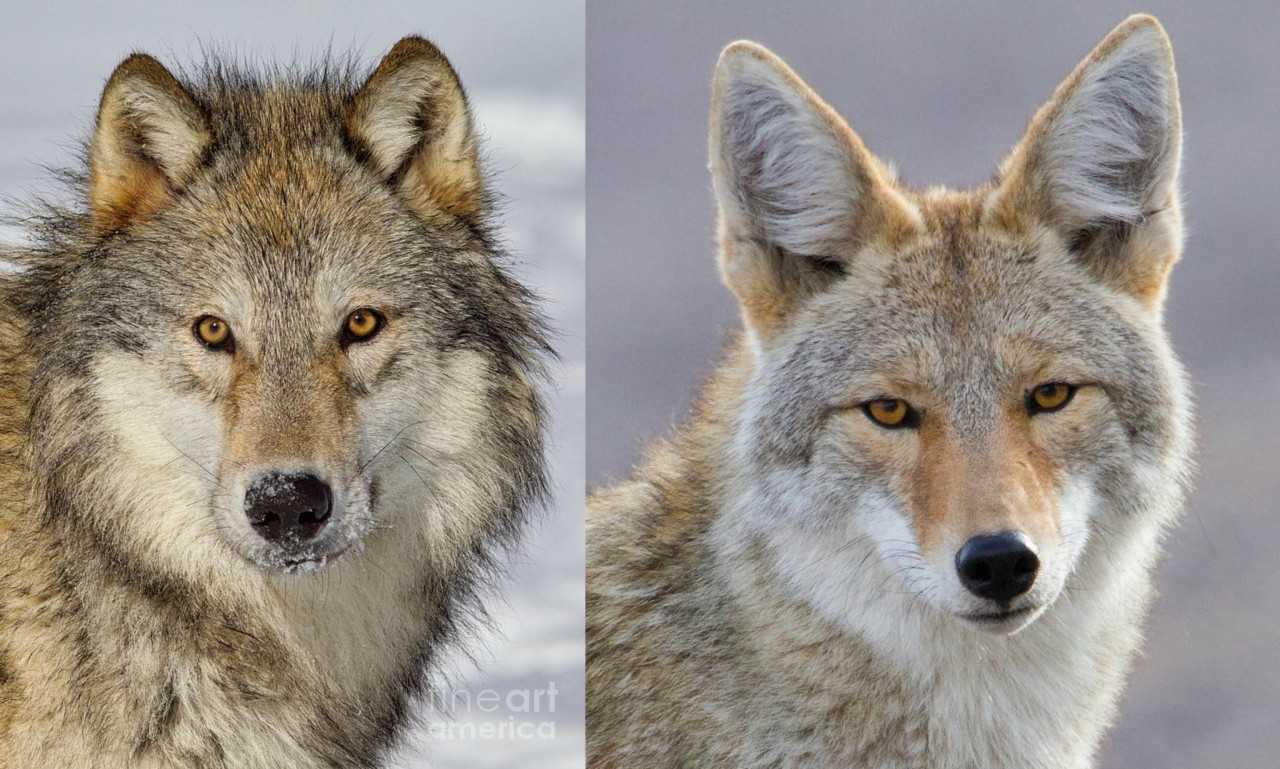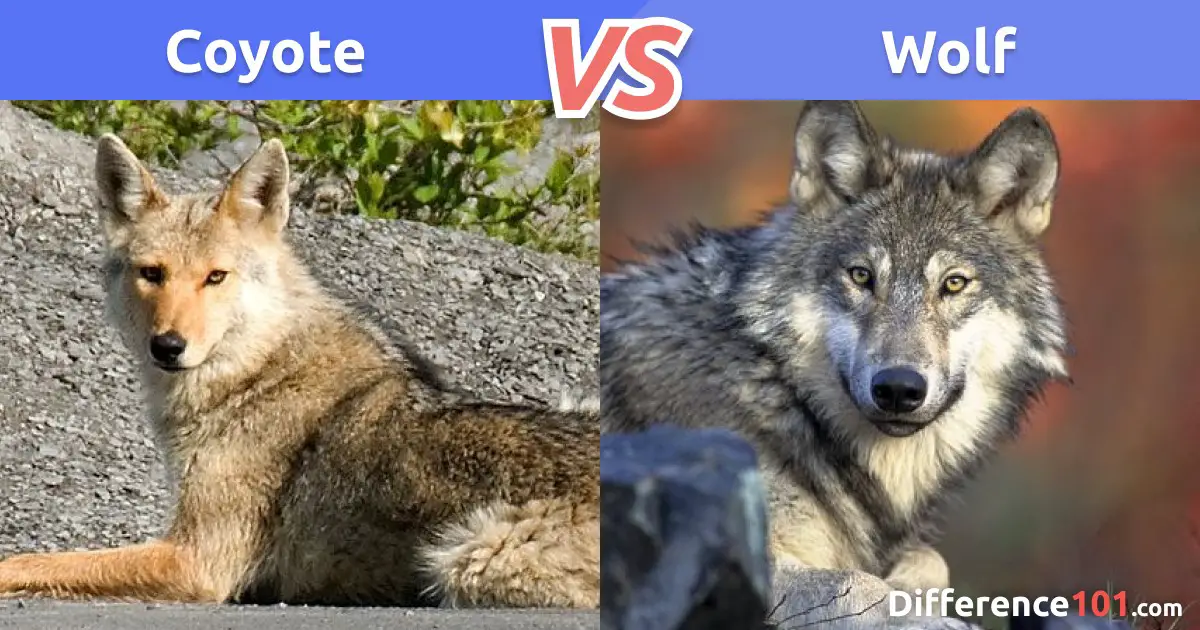

Wolves and coyotes are both in the Canidae family, which means they’re related. Some Rottweilers are bigger than wolves though. In terms of height, they’re beaten by wolves, but when it comes to weight, the two animals are very alike. The Rottweiler is a large dog, measuring in at 77 to 130 lbs and 22 to 27 inches. It may also surprise most people, that humans have been observed taking on wolves in one-to-one combat, barehanded even. These are the averages, and there are cases where wolves are bigger than the average human. The average human weight is about 135 pounds (62 kg), while wolves weigh a little less than that. The average human height is about 5 feet 9 inches, while gray wolves range from 5 to 6 feet in height. Wolves and humans are very alike in size, though wolves are generally smaller than the average man. They live in smaller groups and hunt for small and mid-sized prey. That’s only about half as big as the Northwestern wolf (in terms of weight). They average about 45 pounds and are 25–26 inches (64–66 cm) tall at shoulder height. The smallest wolf species is the Arabian wolf. Related: Largest Wolf Species What Is the Smallest Wolf Species? They stand tall at about 27 to 36 inches. These wolves are primarily found in Canada and Alaska and weigh between 105 to 130 pounds (74 to 58 kg). The biggest wolf species is the Northwestern Wolf (Mackenzie Valley Wolf). This does depend on species though, as the red wolf, as an example, is smaller than the grey wolf. They measure about 30 inches tall at the shoulder.Īdult male wolves are about 5 to 6.5 feet long, while female wolves measure about 4.5 to 6 feet in length. The gray wolf, which is the most common species, typically weighs between 80-100 pounds but can get as big as 175 pounds. Wolves are the largest of the canines, and they come in a variety of sizes. That’s what we’ll discuss in this article.


So just how big are they? And how do they compare to humans and other animals? Some people believe that wolves are very big creatures, a myth that most likely comes from the movies of the Twighlight Saga. The gray wolf, the most common wolf species, is about 80-100 pounds, 4.5 to 6.5 feet long, and 26 to 32 inches tall

Also, transient coyotes in wolf-abundant sites were 117 percent more likely to leave an area frequented by wolves.Ī bigger threat to coyotes than wolves is humans, with 29 percent of the mortality in the study animals being human-related.Wolves aren’t the biggest predators out there. Also there was a clear indication that, with coyotes, there's safety in numbers transient coyotes without packs were more likely to fall prey to wolves, with 56 percent of transient coyote mortality being attributable to wolves. In terms of direct mortality, actual predation of wolves on coyotes was low, accounting for some 16 percent of the radio-collared animals. Similarly, coyote densities declined 39 percent in Yellowstone National Park after wolves were recently reintroduced there. Specifically, coyote densities were 33 percent lower in wolf-abundant sites in the Tetons. They found that while coyotes remained the numerically dominant predator in locations where wolves exist, the densities of coyotes was substantially lower in areas containing both canid species. Working in Grand Teton National Park in the southern Greater Yellowstone Ecosystem, researchers followed radio-collared coyotes at wolf-abundant and wolf-free locations. "In this instance, the findings do support the theory, but coyotes can hold their own against wolves by living in packs." Kim Murray Berger, a WCS researcher and lead author of the study. "The study tests the hitherto unproven hypothesis that wolves limit the range and numbers of coyotes in places where the two species compete with one another," said Dr. The paper, which appeared recently in the Journal of Animal Ecology, details the results of a study examining the effects of wolves on the distribution and abundance of coyotes in those areas.


 0 kommentar(er)
0 kommentar(er)
